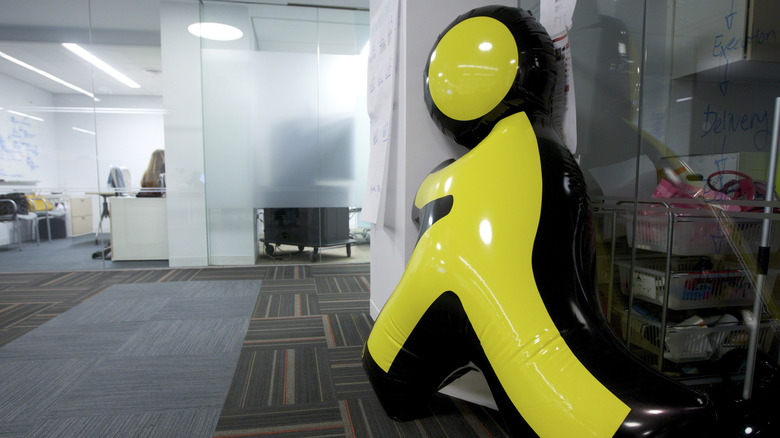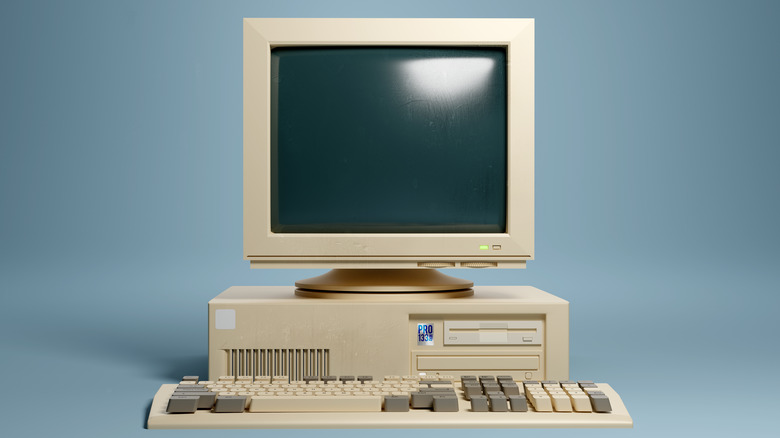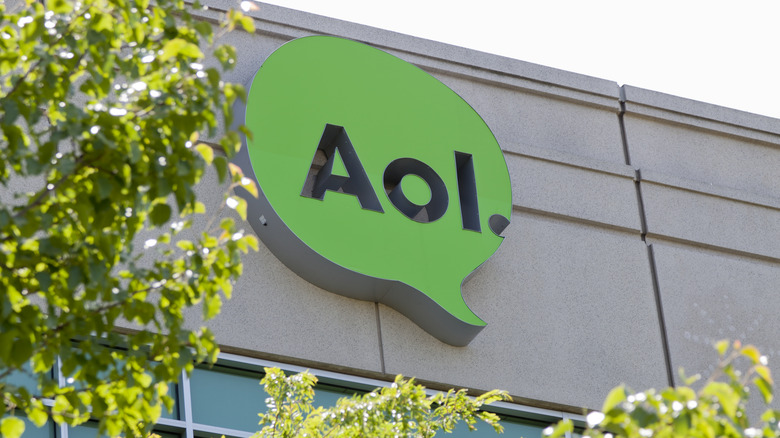Whatever Happened To AIM?
"Hey mom, can you get off the phone? I wanna dial into the net and go web surfing. I need to start the download of that picture before I go to class in an hour! Also, have you seen my box of floppies?" Ah yes — the wild, wild days of the newborn public internet. Before search engines ossified into a big-tech data-collection mechanism, social media crippled people's mental health, and curated website echo chambers bubbled humanity into ideologically possessed tribal groups, there was AIM: AOL Instant Messenger. Remember the little yellow running man? Remember the "boo-boo-bip!" ascending notification tones? Remember the simple, single-function chat tools we used to talk with friends?
Actually, the truth is in many ways, AIM never went away. Anytime someone uses WhatsApp, WeChat, Discord, Line, Slack, Viber, Google Chat (just kidding — no one uses Google Chat), etc., they're using the same basic tool that America Online (AOL) developed in 1997. But instead of chatting with people in little text boxes using two-thumb phone typing, folks used full-hand typing on an actual keyboard. Whoa.
Over the course of its product lifecycle, AIM went from beloved pioneer of expressive digital contact to bygone messenger prototype embodying nostalgic memory trips of lost adolescence. But the truth is, AIM probably lasted longer than most people realize. After a series of AOL business dealings that concluded at the end of the 2000s' dot-com bubble, AIM slowly dried up. The service was only officially shut down in 2017.
The evolution of simplicity
The year is 1985. Tears for Fears just released "Everybody Wants to Rule the World." Ronald Reagan started his second term as president of the United States. Gymnast Mary-Lou Retton received five gold medals the year prior in the 1984 Los Angeles Olympics. But, perhaps most critical of all: College grad and Atari-loving nerd Steve Case founded Quantum Computer Services as a kind of "online bulletin board" for Commodore 64 owners to share information, per a 1997 TIME article. It took a full eight years for CERN's internal data-sharing project to transmute into the public World Wide Web in 1993. Two years before that in 1991, Quantum took an internal employee poll and renamed itself American Online (AOL), CNBC reported. Two years before that in 1989 Quantum had already released its first instant messaging service.
Meanwhile, the mid-90s saw a staggering boom in internet use amongst the general public. Our World in Data shows that less than 10 million people worldwide used the internet in 1993, a number that ballooned to nearly 200 million in 1998. Pew Research says that in the U.S. the percentage of adult internet users jumped from 23% in 1996 to 41% in 1998. At the same, interest in email was already fading. Instant messenger services rose to replace them, complete with now-familiar features like friends lists, away messages, and cutesy icons. AIM was the undisputed lord of such services, hitting the market at just the right time in the internet's evolution.
A slow, gradual death
AOL started merging and acquiring other internet companies almost from the get-go. It bought CompuServe in 1997, Netscape in 1998, and — because there was no way that telecommunications behemoths could stay out of the mix — merged with Time Warner in 2000, a company itself worth $125 billion, per TIME. But dot-com's meteoric monetary rise already started leveling off in 2002.
AIM — AOL's instant messenger service — had only hit the market a mere five years earlier in 1997 but instantly became a staple in internet users' households. Daily life and interactions started shifting from "irl" into a world of additional acronyms like "brb," "afk," "lol," etc., which along with emoticons — like the winking and smiling ";-)" — formed the bedrock of the kind of digital, written expression folks nowadays take for granted. Plus, AIM let users circumvent websites, images, pop-ups, and so forth, and get right down to talking. From the high to the low, the corporate suit-wearer to the middle-schooler with questionable hygiene — AIM ruled them all.
But tech moves at a rapid pace. MySpace launched in 2003, Facebook in 2004 (originally called TheFacebook), and AIM lost its mojo. TIME explains that AOL stayed afloat by acquiring businesses, including the Huffington Post in 2011. AIM never vanished — it just got consumed by newer giants. It took all the way until December 2017 for the service to be officially shuttered, two years after Verizon bought AOL in 2015.


